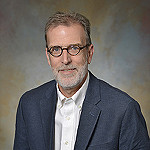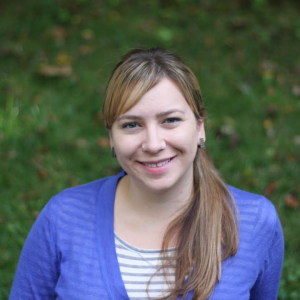 Bruce Evan Blaine, John Fisher College, Rochester NY
Bruce Evan Blaine, John Fisher College, Rochester NY
I teach simulation-based statistical inference methods (using R) in my 100-level Introduction to Data Science course. This course is the required first course for all Data Science minors, and a service course to numerous departments. I love teaching statistical inference this way because it reconnects me (and my students) with Fisher’s original ideas and methods, and expresses Tukey’s ideas that we learn about populations by being in dialogue with data. In the context of this welcome return to the empirical framework through which we understand and teach statistical inference, I wonder why we still teach students null hypothesis significance testing (NHST) in the same old way. I expect we’re all aware of the vast literature accumulated over the past 40 years that is critical of NHST and its role in the reproducibility crises in many disciplines. I feel like an introductory statistics or data science course that embraces simulated-based inference should also move away from teaching students conventional NHST methods for learning about populations.
[pullquote] I’m just encouraging us to think about whether the formal, reflexive method of classical NHST fits within an SBI pedagogical framework. Cohen and many others have urged us to replace NHST with inferential tools such as parameter estimation, effect size estimation, replication, and meta-analysis—tools that help us learn much more about our population of interest..[/pullquote]







